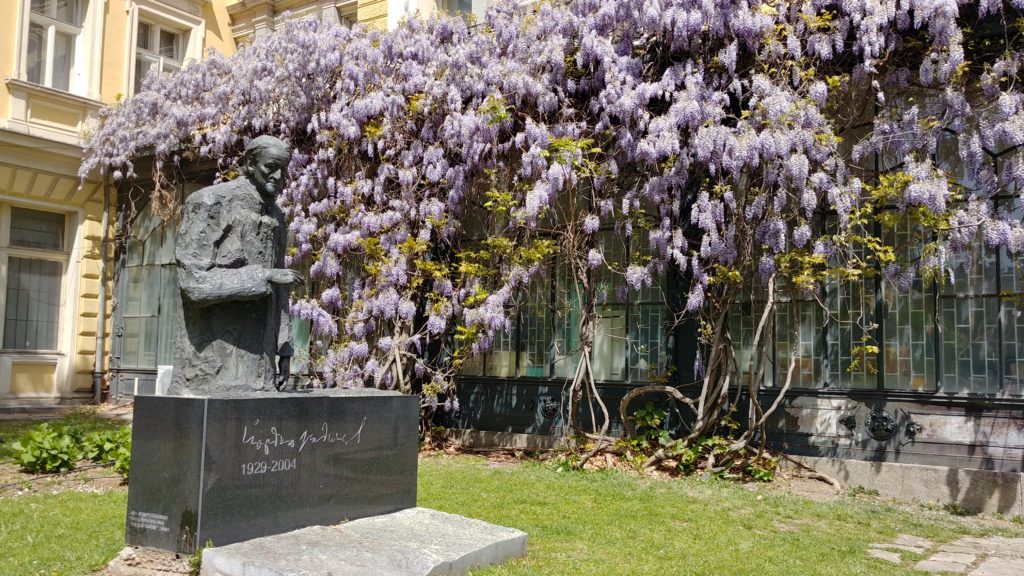Faced with a fast-approaching school holiday and no plans, my 16-year-old daughter and I decided to go to Bulgaria. Our destination decision sprang from three desires: 1) we both wanted to go someplace new and interesting, 2) I wanted to catch the end of the ski season if possible, and 3) I wanted to be frugal. Now these last two criteria don’t usually go together because there is nothing cheap about skiing. And indeed, common ski destinations like the Italian Dolomites, Austria, and Switzerland were going to cost more than what I was comfortable spending, including the travel time required to get there and back. Searching from the other direction (e.g., what are the cheapest flight destinations that have nearby skiing options) quickly yielded the idea of Sofia, perfect for several reasons: 1) neither of us had been there before, 2) Vitosha Mountain has ski lifts on the city bus line, and 3) direct flights between Rome to Sofia are relatively cheap.
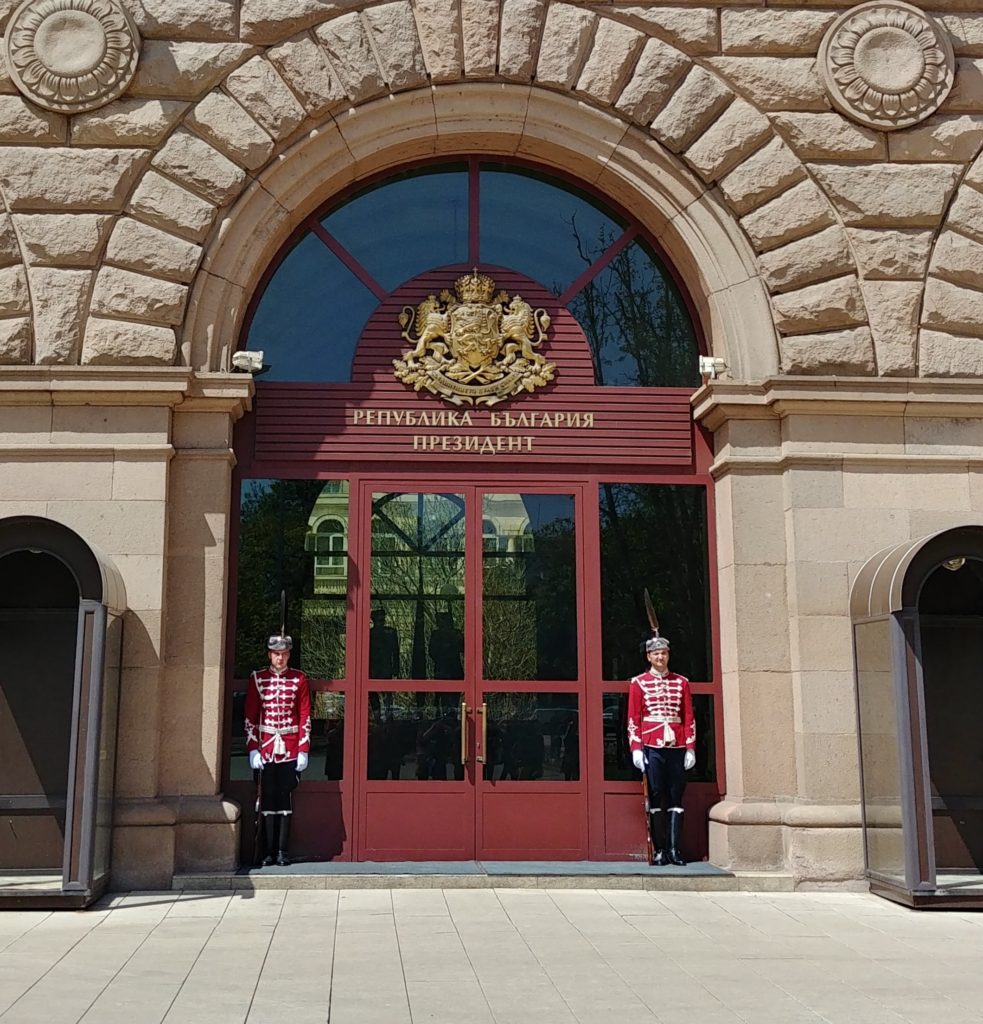
At this point in the planning, compromises had to be made. While the research for the trip was done at the end of March when the ski season was still going strong at Vitosha, we knew that snow conditions might change by the school break at the end of April. We decided to buy tickets anyway because Sofia itself was culturally interesting and going most anywhere else wouldn’t be nearly as economical. If there was snow enough for us to bring our skis, then so much the better.
I used my usual apps (TripAdvisor, GoogleEarth, etc.) to find and make a reservation at the Sveta Sofia Hotel, choosing it for its central location on a quiet pedestrian street, classic look, acceptable price, decent reviews, and because breakfast was included (and not the typical American idea of a hotel breakfast). Of course, I monitored the snow conditions leading up to our departure and was eventually disappointed when Vitosha closed for the season, though also somewhat relieved that we didn’t have to lug our equipment. I started looking for alternative places to go outside the city, because now we had more time on our hands (I had wanted to ski at least two of the four days). I also discovered a free walking tour of the city that leaves four times everyday from near the hotel. With that limited amount of knowledge and a small amount of luggage, we jumped on a bus from our house to catch a train to the airport.
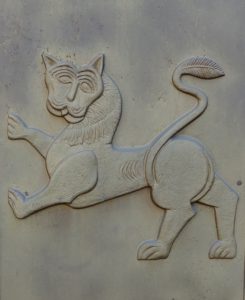
First Impressions of Sofia: Sofia was unexpectedly cheap, with prices about half that of Rome (1 euro = 2 Bulgarian lev). The subway (1.60 lev) was a fast and easy way into the city from the airport. Sofia was once known as Serdica, meaning in the “middle” of the Balkans. The relatively new Serdica Metro station is also in the middle of the city, at the base of Sveta Sofia statue. If the metro is not convenient, you can also use the TaxiMe app to hail a cab. A taxi should cost no more than 10 lev to anywhere in the city, and 15 lev to the airport. The primary pedestrian/commercial street is Vitosha Boulevard, which generally runs north/south from the Square of Tolerance to the park at the National Palace of Culture. The street is lined with shops and tourist restaurants. There are many parks in central Sofia which, in the springtime, are beautiful and the center of daytime activity.
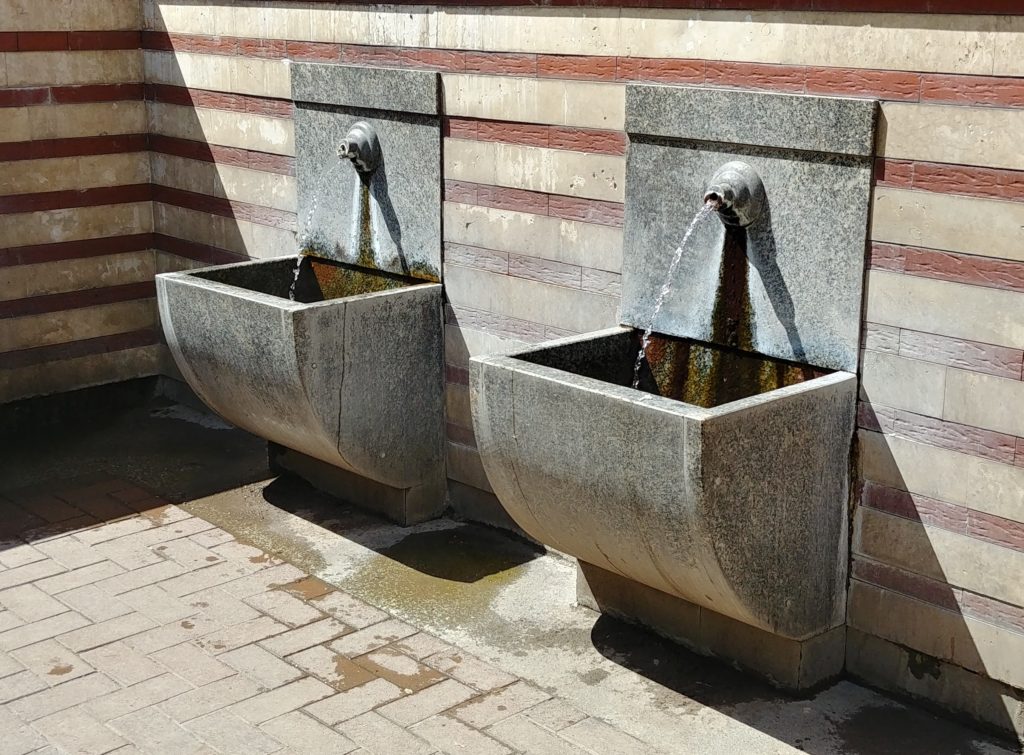
What To Do: We obviously completely failed on the skiing vacation, but Sofia was not disappointing. On our first morning we took the Free Sofia Walking tour and received an introduction to the primary sights of the city center and an overview of Bulgaria’s long and storied past – from Roman ruins, three Bulgarian empires, Communism, to the European Union. So many people showed up for the tour that we had to be split into two groups. We enjoyed it so much that, after a short rest, we showed up for the afternoon Communist Walking Tour, put on by the same organization. This tour (20 lev) focused on the post-war period when Bulgaria had a close relationship to the USSR. There was surprisingly little overlap between the two tours, and we walked about 11 miles that day.
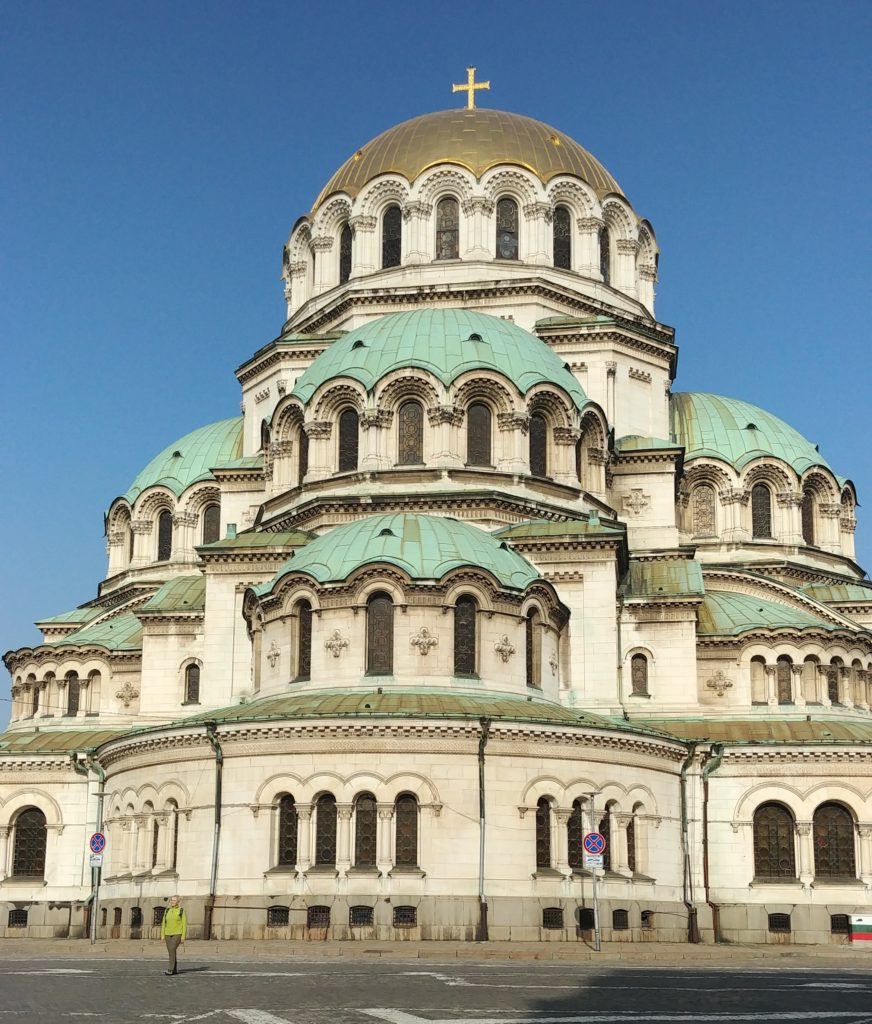
Since my daughter has a particular interest in political science and at the suggestion of our tour guide, the next day we took the audio tour of the Red Flat (18 lev). This tour proved to be an awesome immersive experience in an actual apartment circa 1980, and an exploration of a family’s life under communism. The tour has about 45 listening stations lasting less than two minutes each. To round out the theme, in the afternoon we took the subway to the Museum of Socialist Art to walk through the relic sculpture garden.
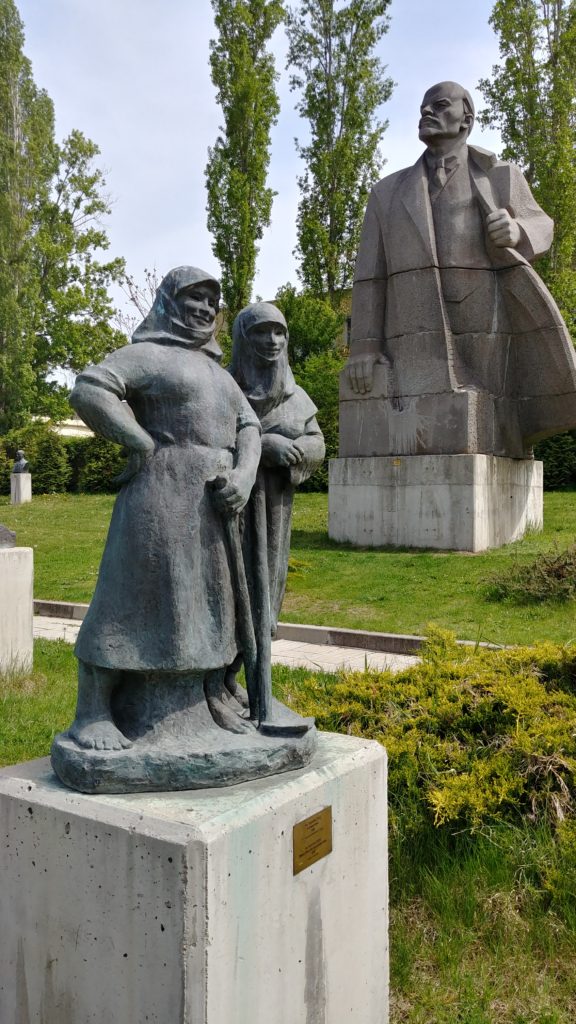
On our third day we joined a minibus tour to Plovdiv, to see Bulgaria’s second biggest city and Europe’s oldest. There are Roman ruins between the city’s seven hills, with evidence of settlement on top of one of hills dating back some 8,000 years. Most of the refurbished wooden buildings in the old city are several centuries old. The main pedestrian walking street, Knyaz Aleksandar I, is a pretty stroll and was busy when we were there on a sunny holiday. We felt our time in Plovdiv was too short, with only two free hours between 4-hours of driving and a less-than-fascinating 2-hour walking tour. Maybe we should have done the Free Plovdiv Walking Tour.
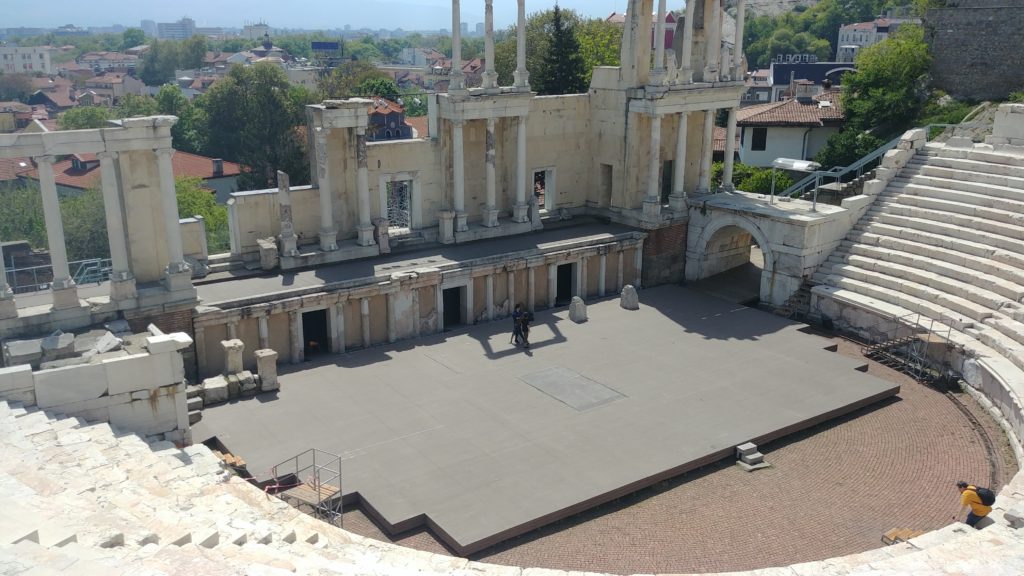
Food and Drink: In many of those beautiful Sofia parks there are outdoor cafes. We spent parts of every afternoon in one of them, drinking pitchers of mint lemonade and watching the people go by. We found two restaurants in the city that specialized in traditional Bulgarian food. We had to take a taxi to Pod Lipite, but it was well worth the effort. The ambiance is festive with live traditional music every night and the food was tasty. I had shopska salad, an assorted grilled meat entrée, and tried my first rakia. The Serdika Restaurant, just around the corner from our hotel, is also tasty and fun. The Café Athene, also near the Sveta Sofia Hotel, is a perfect spot for morning coffee and pastries. We walked by the Central Sofia Market Hall everyday, where we also enjoyed some sweets. We ate a couple of meals on Vitosha Boulevard, but they were less memorable.
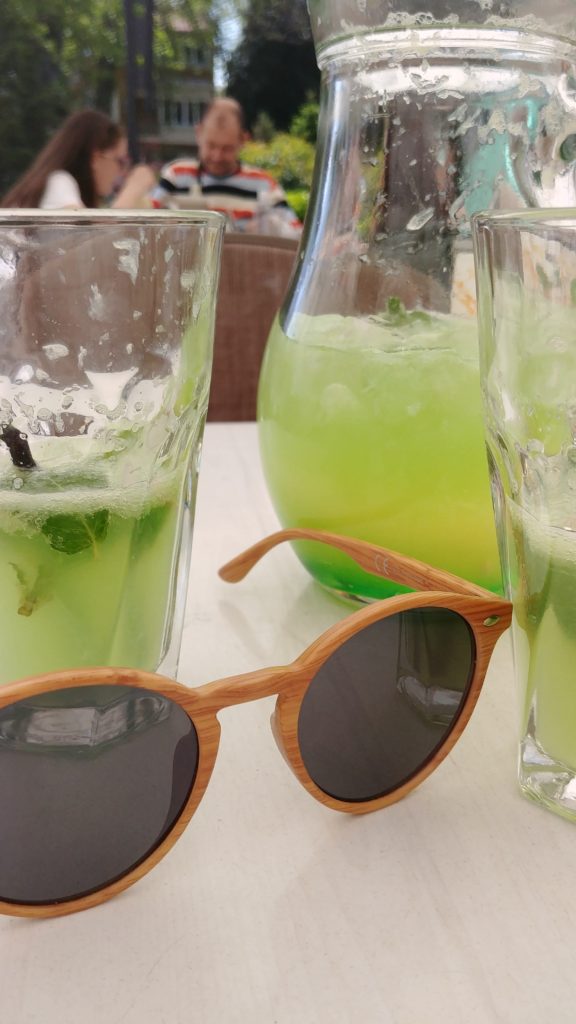
The next time we come to Sofia we will know a lot more about its history and culture. And maybe we’ll make it before the snow melts off of the mountain!

